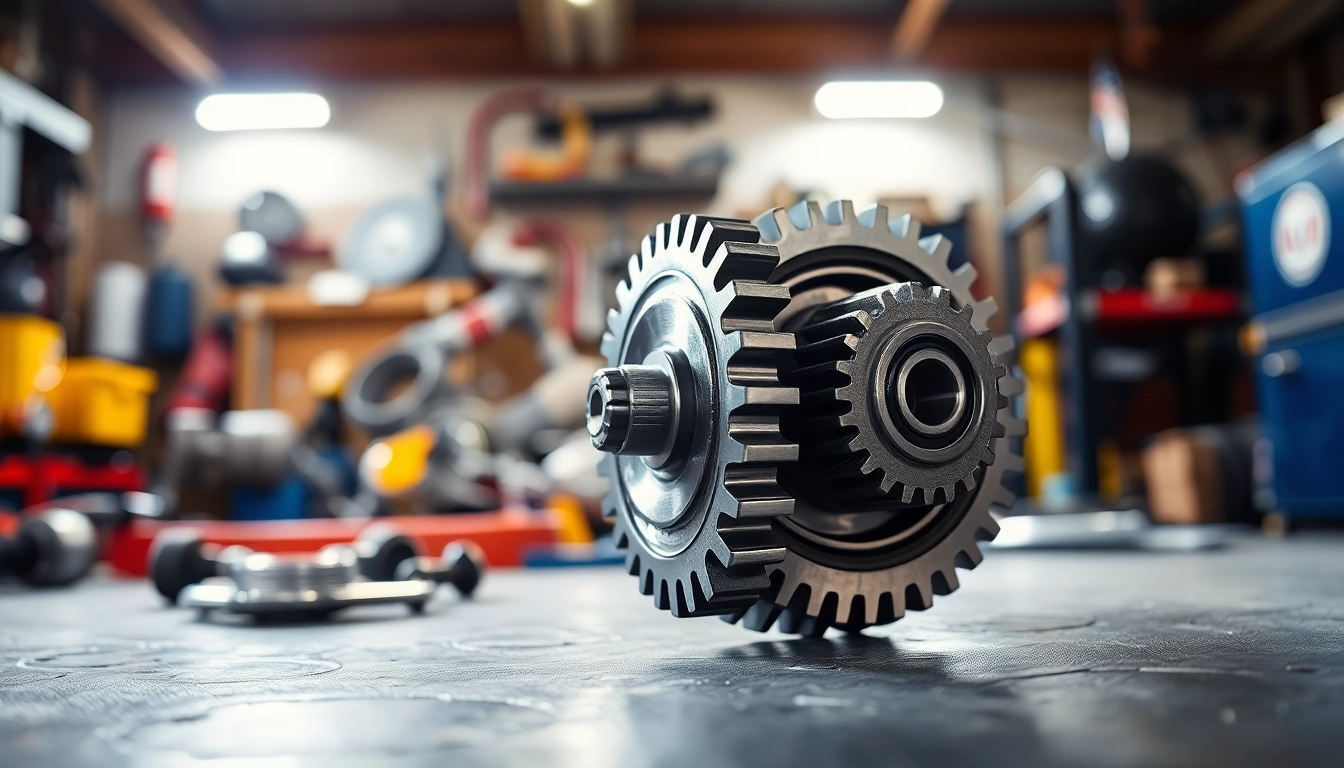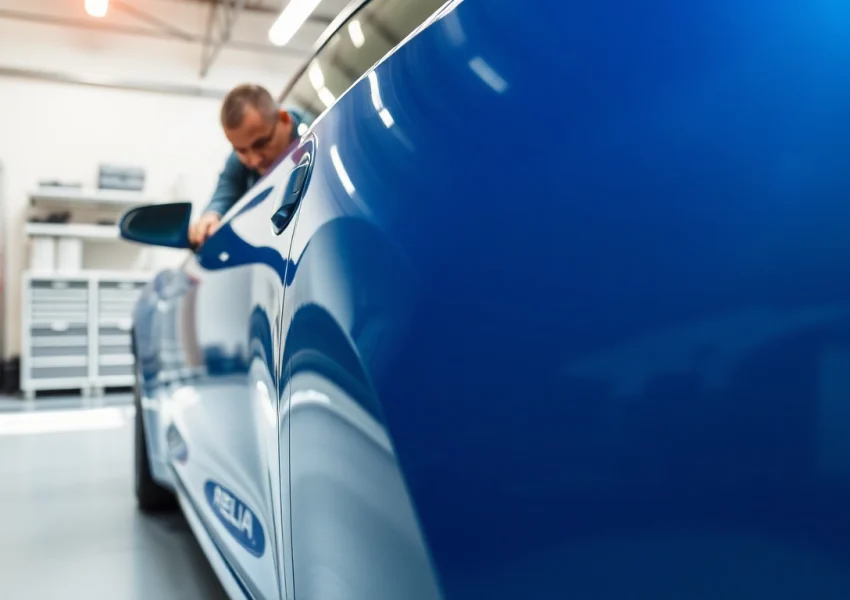1. Introduction to Gearbox Syncro
In the world of automotive engineering, the gearbox serves a crucial role in transferring engine power to the wheels. Within this complex system lies the gearbox syncro — a component often overlooked yet vital for effective gear shifting. A gearbox syncro ensures smooth transitions between gears, allowing vehicles to operate efficiently and responsively. This article delves deep into the workings, maintenance, and future trends of gearbox syncros.
1.1 What is a Gearbox Syncro?
A gearbox syncro, short for synchronizer, is an essential mechanism found in manual transmissions. It serves to synchronize the speeds of different gears before engagement, minimizing the harshness and wear that can occur during shifts. By allowing gears to engage more smoothly, syncros enhance the driving experience and extend the lifespan of both the transmission and the vehicle itself.
1.2 Importance in Vehicle Performance
The performance of a vehicle is heavily influenced by its gearbox syncronization, leading to better handling, improved fuel efficiency, and reduced wear on internal components. A well-functioning syncro means that a driver can shift gears without experiencing significant resistance or grinding noises. This capability is particularly critical during high-performance applications, such as racing or heavy-duty towing, where quick and reliable shifts are necessary.
1.3 Common Applications of Gearbox Syncro
Gearbox syncros are widely utilized in various types of vehicles, from standard cars to trucks and motorbikes. They are not only found in passenger vehicles but also in specialized applications such as heavy machinery and racing vehicles. Each application demands a slightly different configuration of syncro technology, highlighting the component’s versatility across different automotive sectors.
2. How Gearbox Syncro Works
2.1 The Mechanics Behind Gearbox Syncro
The mechanical operation of a gearbox syncro involves several key components: the synchronizer ring, the clutch sleeve, and the associated gears. When a driver shifts gears, the clutch disengages the current transmission gear, allowing the synchronizer to align the rotational speeds of the next intended gear with that of the currently spinning input shaft. The synchronizer ring’s friction material facilitates this alignment, ensuring a smooth transition.
2.2 Role in Smooth Gear Shifting
Without a functioning syncro, gear shifting can be jarring and inefficient. The syncro enables the engagement of gears at compatible speeds, which minimizes the risk of grinding or clashing. A proper syncro makes it possible for novice and experienced drivers alike to change gears seamlessly, thus improving overall vehicle performance and driver confidence.
2.3 Differences in Syncro Types
There are multiple types of syncros used in automatic and manual transmissions. The most common include cone-style syncros, which use a conical shape to promote effective engagement and sliding, and dog-ring syncros, which utilize a series of teeth to lock gears in place. Each type has specific benefits and is chosen based on the performance requirements of the vehicle it is installed in.
3. Troubleshooting Gearbox Syncros
3.1 Signs of Gearbox Syncro Failure
Recognizing the early signs of gearbox syncro failure can save drivers from more extensive damage and costly repairs. Common indicators include difficulty in shifting gears, grinding noises during transitions, and unexpected popping out of gear. Drivers should remain vigilant, as ignoring these symptoms can lead to more significant transmission issues.
3.2 Common Issues and Solutions
Alongside signs of failure, it’s essential to understand common syncro-related issues. Worn friction material, oil contamination, and structural damage are frequent problems. Solutions may involve adjustments, replacement of the worn syncro components, or complete transmission overhauls, depending on the severity of the damage.
3.3 When to Seek Professional Help
While some issues can be addressed through DIY maintenance, complex syncro problems may necessitate professional intervention. Drivers experiencing persistent issues in gear shifting or increased friction should consult an experienced transmission specialist who can diagnose the problem accurately and recommend appropriate solutions.
4. Maintenance of Gearbox Syncros
4.1 Regular Maintenance Practices
Maintaining gearbox syncros involves several regular practices, including checking and changing transmission fluid at recommended intervals. Proper fluid levels are crucial for lubrication and cooling of the gearbox system, and maintaining clean fluids will help extend the lifespan of syncros. Additionally, regular inspections can identify potential issues before they escalate.
4.2 Best Lubrication Techniques
Using the correct lubricant is vital for gearbox syncros as it enhances their performance and longevity. Synthetic gear oils offer superior protection and are often recommended for modern vehicles. Lubrication should be performed according to the vehicle manufacturer’s specifications, ensuring that the right viscosity and additives are utilized for maximal effectiveness.
4.3 Preventive Measures to Extend Lifespan
Taking preventive measures can significantly extend the lifespan of gearbox syncros. Avoiding abrupt or forceful gear changes and educating drivers on proper shifting techniques can minimize wear and tear. Additionally, monitoring transmission temperatures and ensuring they remain within the manufacturer’s guidelines can prevent overheating, which can adversely affect syncro operation.
5. Future Trends in Gearbox Technology
5.1 Innovations in Gearbox Syncro Design
The future of gearbox syncro technology is promising, with innovations focusing on improved materials and designs. Manufacturers are exploring lightweight composites and advanced friction materials that can withstand higher temperatures and deliver better performance. Such advancements may lead to more efficient and durable syncros, enhancing overall vehicle performance.
5.2 Impact of Electrification on Gearbox Syncros
As the automotive industry shifts towards electrification, the role of gearbox syncros is evolving. Electric vehicles (EVs) often utilize single-speed transmissions, which may reduce the reliance on traditional syncros. However, as hybrid technologies emerge, sophisticated multi-speed gearboxes may require advanced syncro designs, adapted to handle new electric motor characteristics and torque delivery.
5.3 Adapting to New Vehicle Technologies
With the rise of automated manual transmissions (AMTs) and continuously variable transmissions (CVTs), the traditional syncro systems are adapting to new demands. Research into dual-clutch systems and the integration of syncros with computerized shifting mechanisms signifies an exciting future, emphasizing enhanced precision and responsiveness in gear shifting.






